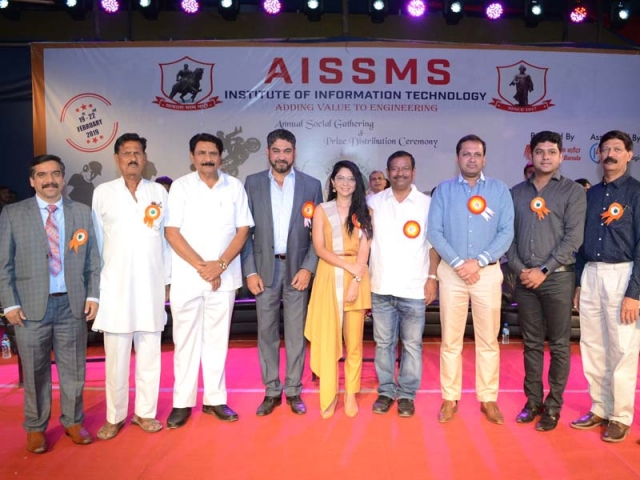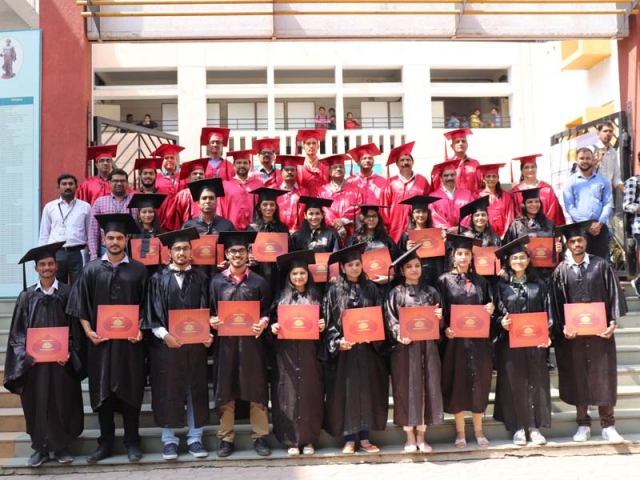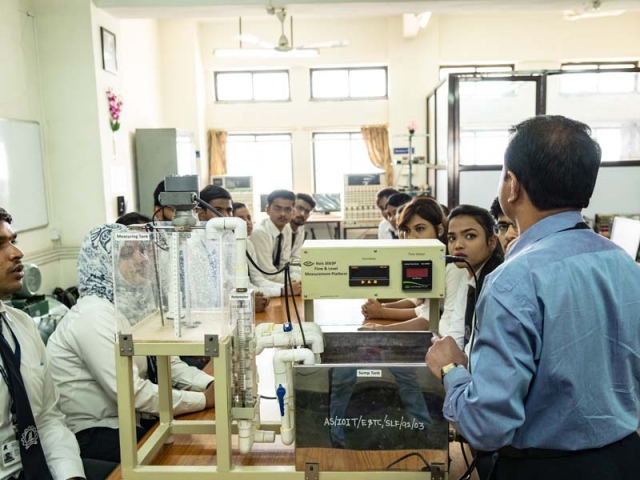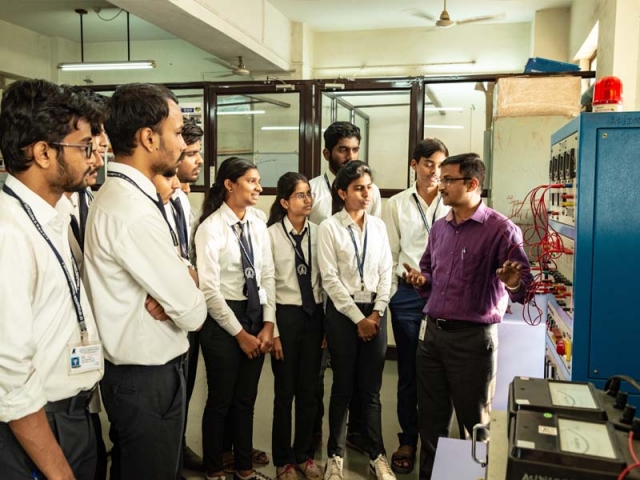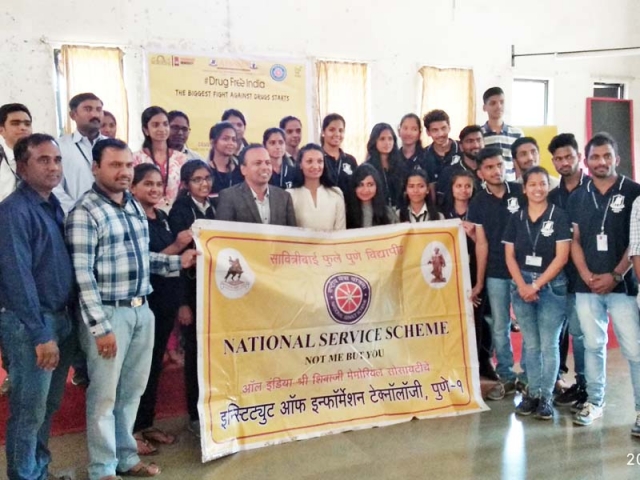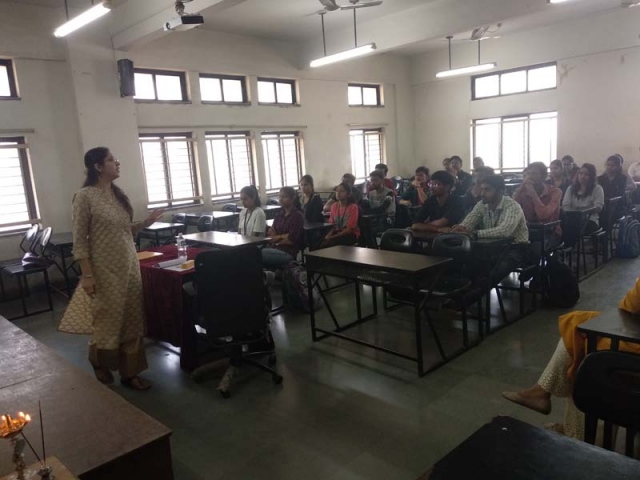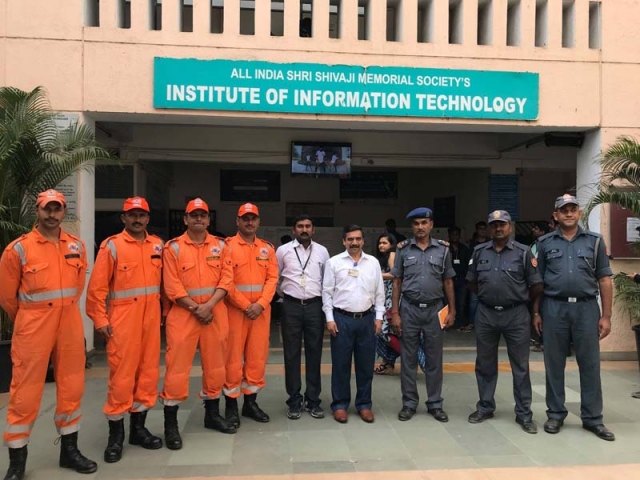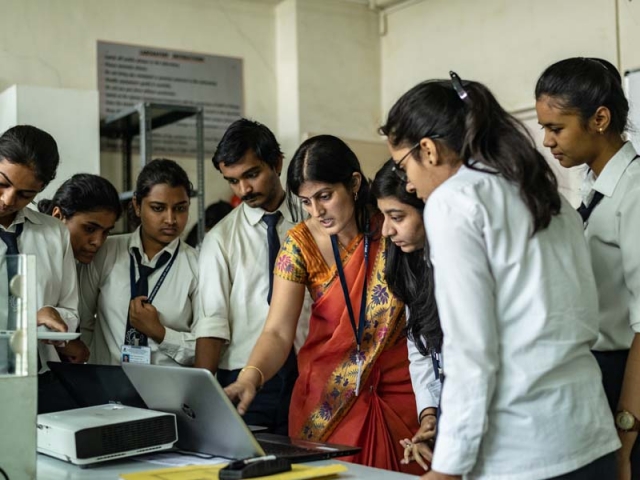Dr. Sarika A. Panwar
Assistant Professor
(Department of ENTC)
AISSMS IOIT, Pune
3D printing has been making waves in many industries over the past few decades. It offers a range of benefits over traditional manufacturing methods.
3-D printing is proving highly advantageous in medical applications. It has been used in medical applications since the early 2000s. Since then the 3-D printing has been evolved with new techniques and technologies in medical applications helping them improve treatment.
Body tissues and organs can fail due to accident, ageing or any birth defect. Currently, the treatment relies more on organ donor and transplant technologies. Organ transplantation is a very expensive procedure. Even there should be tissue match of the donor with the patient seeking organ replacement. This problem can be solved using 3D bio-printing of tissues and organs.
In 3D bio-printing of tissues and organs, the cells of the patient’s own body are used to build a replacement organ. The cells are then cultivated for making bio-ink. Using gel-like bio-ink, the doctors can print the organ in the desired shape. Organic or synthetic dissolvable gels can also be used to support cell growth. This is a field wherein a lot of research is going on.
Bio-printing is in a budding stage as of 2020, but it has great prospective in the way organ transplant will work in the future. Lots of research going on in 3D bio-printing. A team at the University of New South Wales in Sidney has developed a ceramic ink that can be used with live cells to print the bone directly into the body. A team is currently working to print larger samples and also began small animal tests.
The human body is very complicated. Researchers are trying to replace lost limbs. 3D bio-printers now allows medical practitioners to model patients’ body parts. 3D-printing technology, coupled with advanced imaging techniques, can deliver prosthetic body parts that are highly tailored to the individual patient and may offer better results than ‘off-the-shelf’ solutions. Bio- 3D printers also have applications in the pharmaceutical industry. In near future, 3 D printing can be used for custom formulations (custom made tablets) and custom mixtures of drugs.
Manufacturing of customized, critical implants is possible with 3 D printing. Medical designers can create lightweight prosthetic and graft designs.
While 3D printing technology future is indeed bright, it has some limitations that need to be overcome. Processing speed and printer resolution are less than needed for many medical applications. Secondly, there still is a lack of bio-printable material that perfectly mimics human tissue. Human organs and tissues are really complicated, and it will still take some research before we are able to produce raw material that exactly emulates the corresponding human organ.
The medical facilities offered in India are at par with the best in the world. Indian doctors are innovative and progressive doctors who are aware of the benefits offered by 3D printing. Availability of quality 3D printers, coupled with good 3D printing software augurs well for the future of this sector in India.
With the help of 3-D printers, now engineers can create objects designed in CAD software right on their desks.
Knowledge of the subjects like biomedical electronics, mechatronics, material and chemical science and 3D modelling will give you a background that is applicable to the world of 3D printing. These subject areas will also give direct access to the techniques used in 3D bioprinting.


